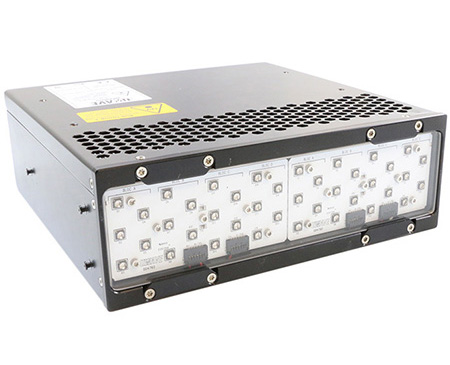Adhesives Curing
Product Portfolio
After dispensing, optical adhesives must be cured by either heat or UV light. AMS Technologies provides remote controlled epoxy curing ovens for horizontal and vertical curing, including models specifically designed for curing epoxy adhesives used in the assembly of MT style connectors, but also working great with many other styles of connectors.
Select your UV curing solution according to the wavelength, working distance, insolation surface size, UV power/energy or controlling mode you need.
Our UV LED spot curing systems deliver an optimized curing energy on a very precise spot and can be used manually by an operator or integrated into an automated line. Powerful, flexible and easy-to-use industrial UV LED spot curing systems for a wide range of UV curing applications are available from stock. As the control system is directly integrated into the body, the irradiance of the UV LED head can be adapted quickly and easily.
AMS Technologies’ broad range of UV LED spot curing solutions further includes battery-powered systems for wireless manual operation, as well as compact and lightweight models for very narrow curing spots, larger systems for especially homogeneous and precise insolation or very powerful, robust and actively cooled systems.
Homogeneous and powerful light for larger curing areas is provided by our range of UV LED flood curing systems. AMS Technologies provides compact and flexible systems with selectable lengths for low UV energy applications, as well as linear UV LED flood curing bars for repeatable large-area irradiation processes or powerful UV LED flood curing systems with a square shaped area of irradiation – also available integrated into an UV LED irradiation oven, ready to use for semi-automatic UV curing processes or R&D lab work.
For powering and controlling our range of UV LED curing systems, various types of UV LED power supply & control units are available that cover different application requirements.
Related Products
Epoxy ovens and UV light systems available in this category are used for curing our range of state-of-the art optical adhesives. While highly specialized, these adhesives are especially designed to meet a very wide range of applications in the area of bonding optical components.
Before curing, the optical adhesives have to be carefully dispensed in just the right volume. Our broad range of manual and automated dispensing systems cover dispensing requirements in numerous industrial applications.
Processing of optical adhesives releases often hazardous fumes - our range of single and dual arm fume extraction systems use pre- and main filters to extract hazardous particles and gases from the air.
Finally, our fiber optics polishing equipment can be used for polishing the fiber stub or end face with our broad offering of polishing films in various grit sizes.
The main applications for our optical adhesives including dispensing and curing equipment are assembling single mode (SM), multi mode (MM) or polarization maintaining (PM) optical fibers into fiber connectors for creating optical fiber patch cables, bundles and assemblies. This product portfolio is further complemented by a range of fiber connector parts and corresponding mating sleeves and adapters as well as a large array of cleaning tools.
AMS Technologies can also offer an end-to-end solution for the assembly and test of optical connectors that is exactly tailored to your requirements. In our broad portfolio you can find tools for stripping and cleaving your fibers prior to assembly and finally testing the results of assembling, polishing and cleaning your connector with microscopes, interferometers as well as handheld and automated test equipment measuring return loss.
Definition
For optical adhesives to cure, a chemical process is required in which the adhesive must crystallise completely. During the curing process, the substance gradually acquires its final mechanical properties and full adhesive strength. After curing, the adhesive has changed its characteristics considerably and literally forms a “strong bond”.
In most cases, optical adhesives are cured:
- with the help of elevated temperature (drying relying on evaporation) in specialized curing ovens (also for some 2-component adhesives) with selectable temperature ramp profiles for better epoxy bonding. Connector fixtures in curing ovens help to mechanically lock optical fibers and fiber connectors during the curing process.
- or by irradiating the adhesive with light in the ultraviolet (UV) domain for quick and reliable photoinduced polymerization. This low temperature curing is due to the crosslinking of molecular chains which the corresponding adhesive material is composed of.















